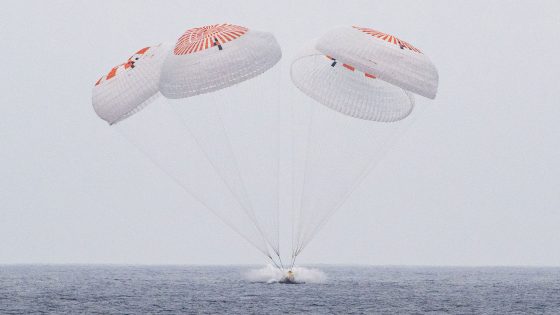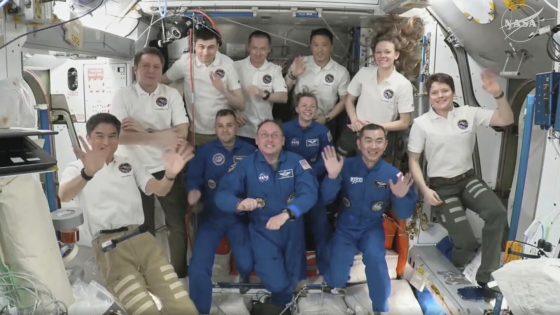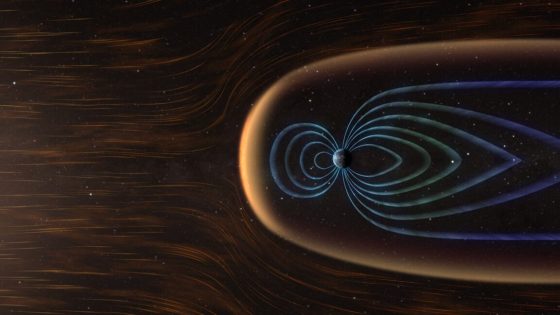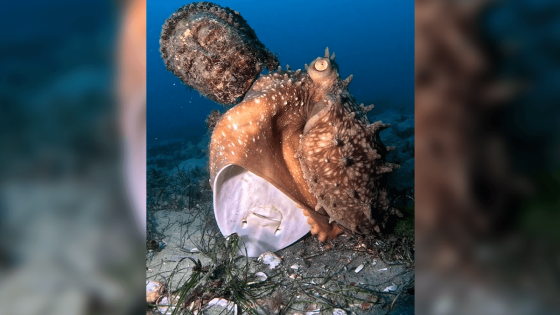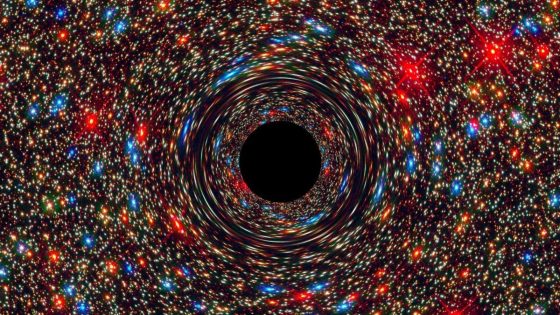NASA’s SpaceX Crew-10 mission recently made headlines with its successful re-entry and splashdown, marking a significant milestone in human spaceflight. On August 9, 2025, the Crew Dragon capsule named Endurance returned to Earth after nearly five months aboard the International Space Station (ISS).
- Crew-10 astronauts returned after five months.
- Capsule Endurance splashed down in Pacific Ocean.
- Anne McClain expressed gratitude post-splashdown.
- Crew conducted various scientific studies in space.
- First Pacific return for SpaceX crewed mission.
- Ayers and Peskov experienced their first spaceflight.
The mission, which involved astronauts Anne McClain and Nichole Ayers from NASA, along with Takuya Onishi from JAXA and Kirill Peskov from Roscosmos, showcased the effectiveness of the Commercial Crew Program. As McClain remarked, “It was truly the ride of a lifetime,” highlighting the excitement and scientific achievements of their journey.
This mission raises important questions about the future of space exploration. How do long-duration missions affect astronauts’ health? What scientific advancements can we expect from ongoing ISS research? Consider these key points:
- Research focused on mental and physical changes in astronauts.
- Studies on blood flow dynamics from the brain to the heart.
- Exploration of future lunar navigation techniques.
As we look to the future, the insights gained from missions like Crew-10 will pave the way for deeper space exploration and potential lunar missions. What will the next chapter in space research reveal?



